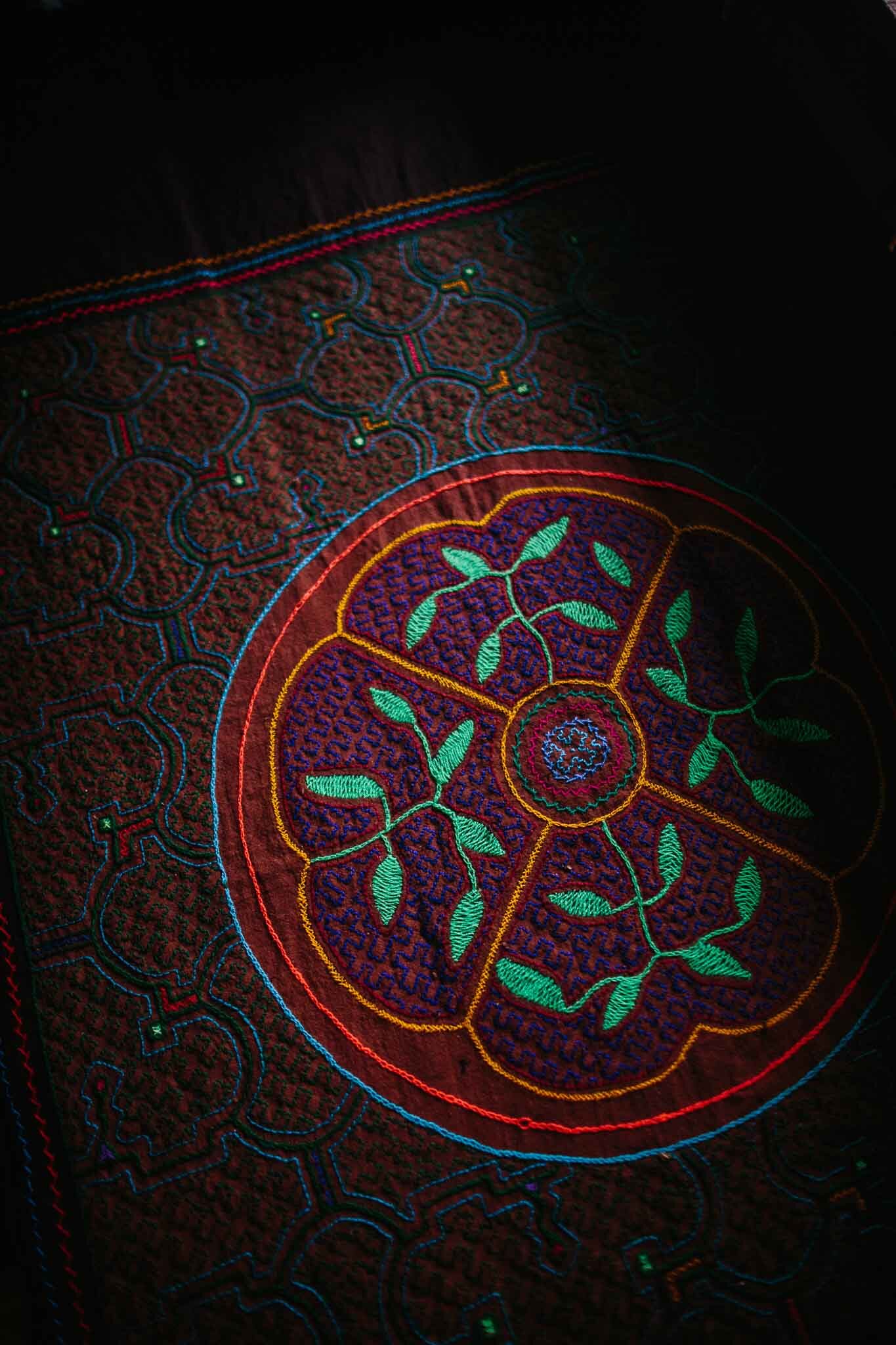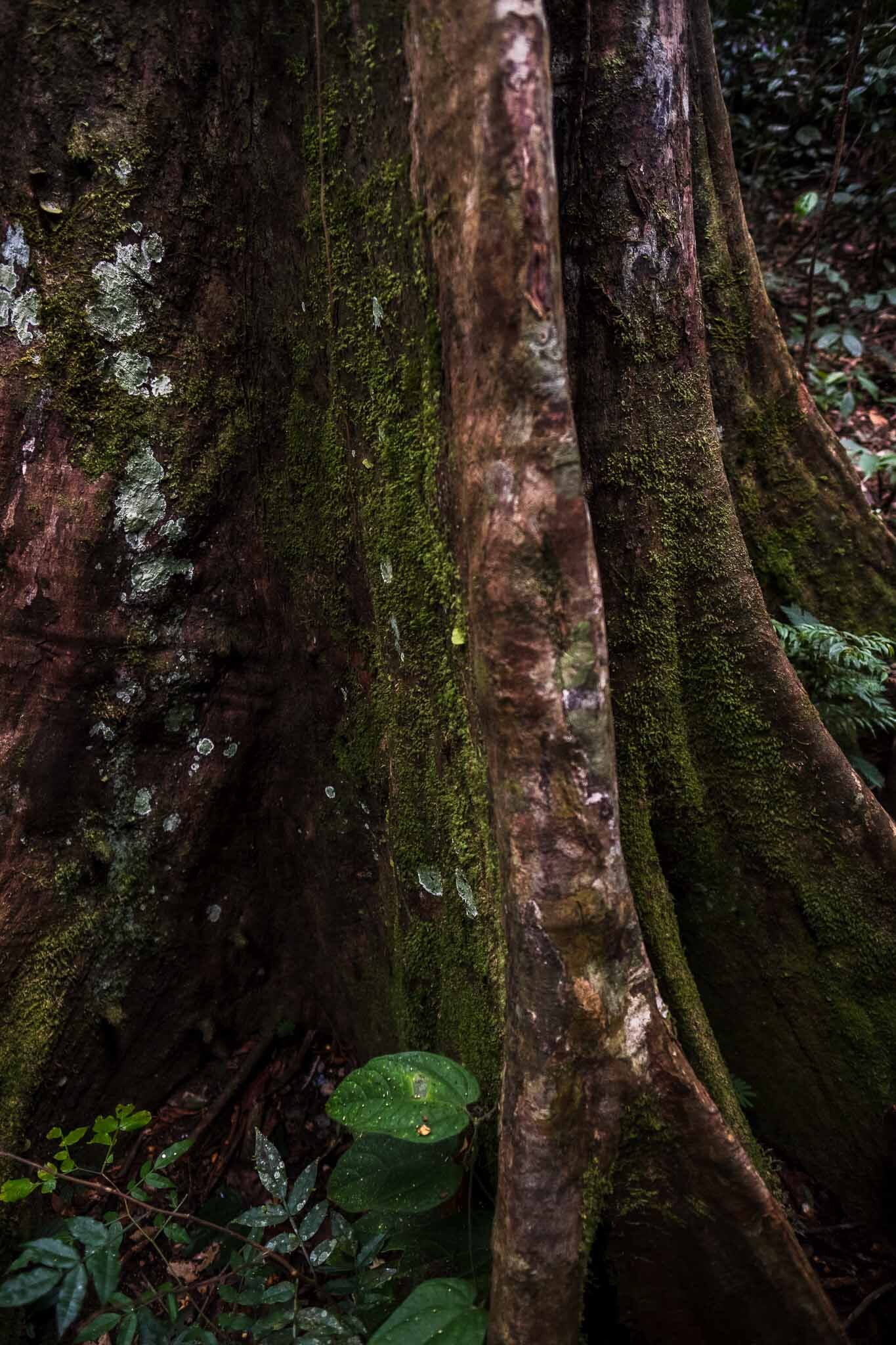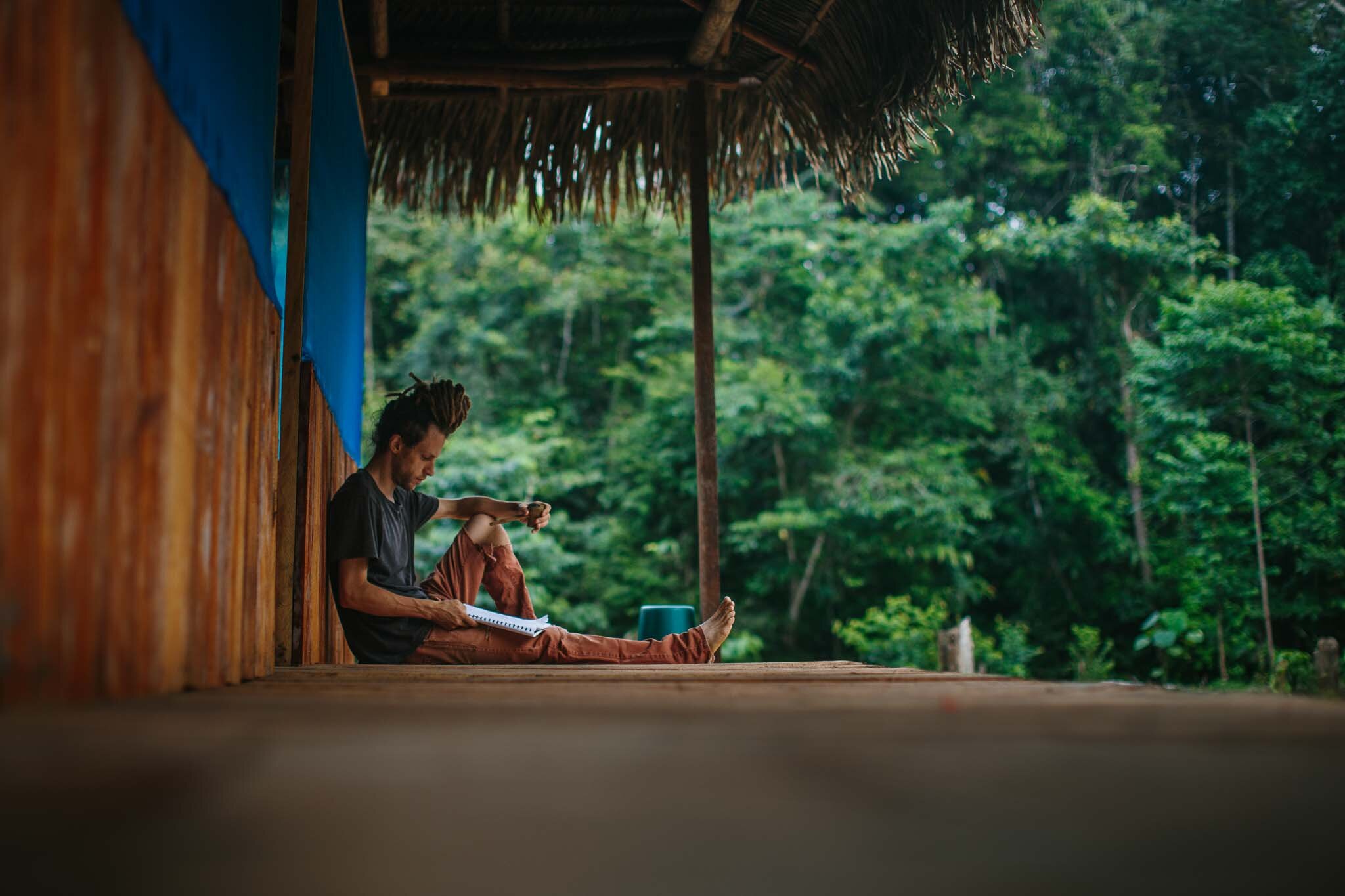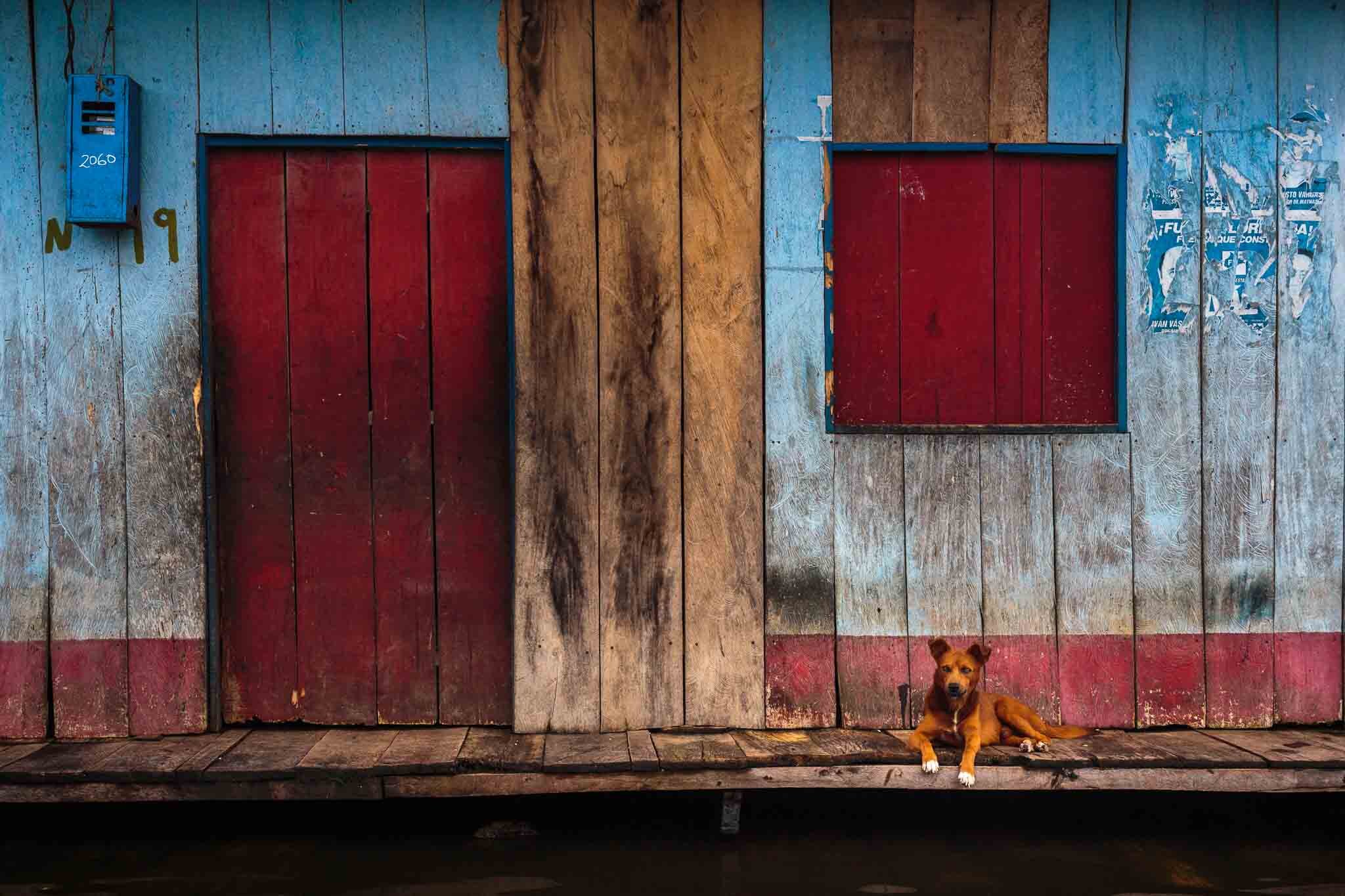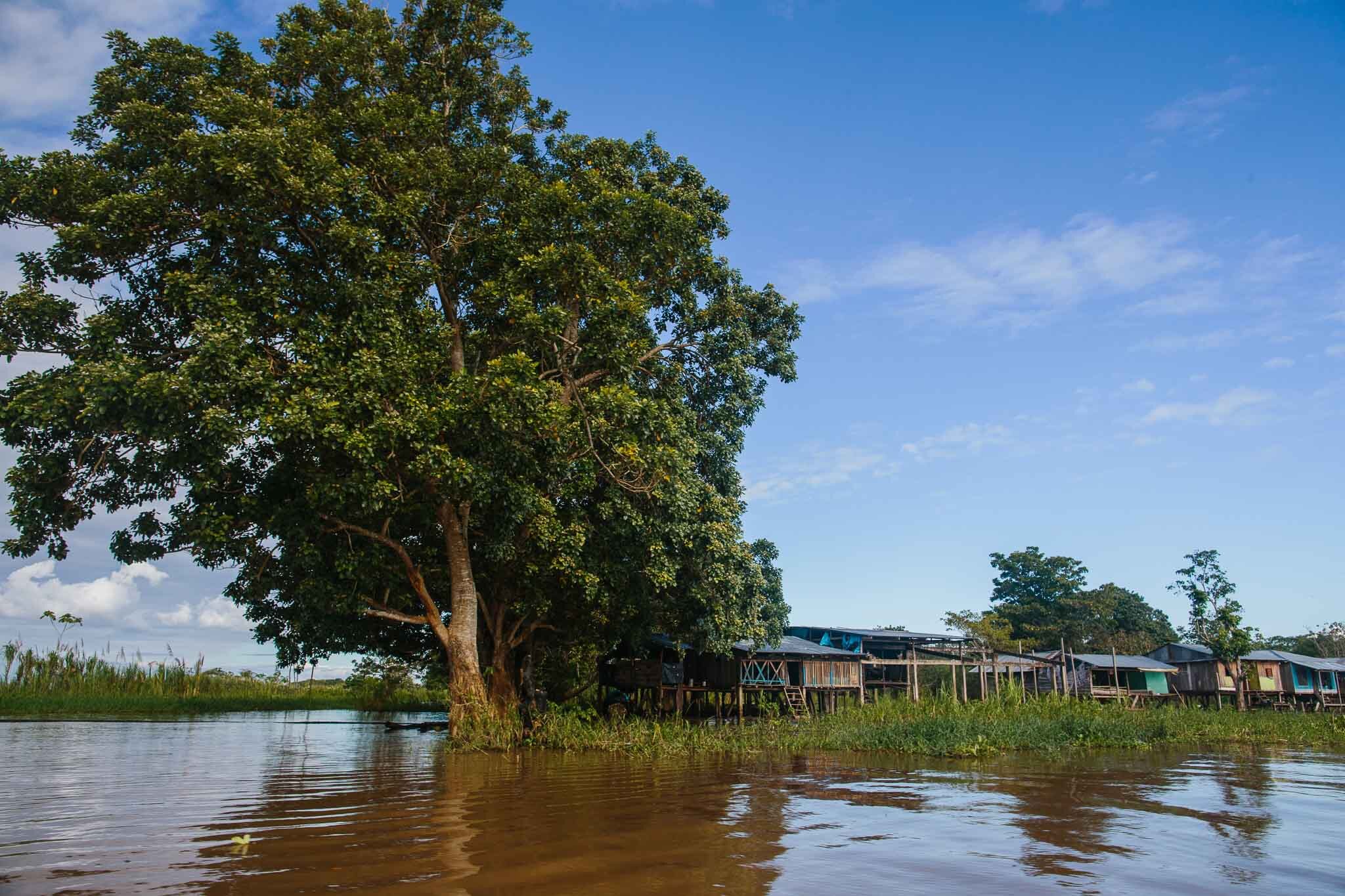This is the third part of a three part introduction to the plant medicine traditions of the Shipibo, working with Ayahuasca, Noya Rao, and other master plants, and apprenticing in the study of Curanderismo. They touch on some of the themes that are explored in further depth in my upcoming book: Water and Light
Find part one here, and part two here.
There is a hole in the floor of our cultural halls. We hurry to build walls of definition through reductionism, solidify security through greed and patch holes with justification and dogma, forgetting the foundations beneath our feet. We are a species who for many thousands of years strode carefully and curiously through the forests of myth, only to emerge suddenly, strutting into the wide grasslands, full of self importance, not even recognizing the amnesia that came with open horizons.
Myth is a part of who we are. It is a part of the human soul, perhaps the same place from where language once blossomed, and its essence gives rise to expressions of art, music, philosophy, and spirituality. The shunning of arts and culture in right-wing western politics, as well as a general lack of empathy, compassion, and inclusion amidst the entire far-right political movement, is a sign that we are disconnecting from that essential piece of the human experience. A return to a mythic understanding of the human journey could be one missing piece in the psychological puzzle for many who currently suffer from despair, hopelessness, or depression as they struggle to find meaning in the current plight of humanity and the earth.
Of course, believing in myths isn’t something that can be imposed on anyone, and really, myths are not something that are necessarily meant to be believed anyways. Myths are something that are experienced in the soul of the human journey, and emerge into human consciousness as expressions of various archetypes in times of individual or cultural need. As James Hillman described; ‘A myth never happened, yet is always happening’. This is a piece of that puzzle which can be accessed through the humble practice of dieta. By communing intimately with the natural world through this tradition, we are granted the possibility of experiencing a mythical nature, and reshaping our perception of the human and earthly experience in order to find a deeper sense of meaning and purpose.
The power of storytelling has woven its way through the history of humanity. In fact, it is one of the primary modes of communication through which we live our social lives. We are all familiar with stories that are at the heart of our being, whether they be from childhood, family, books, movies, or fairytales. We can probably also think of stories we have that we don’t like, whether they are something we have heard or something that we have experienced. Storytelling affects us on a deep level, and this points to why our own personal stories - the beliefs we have about ourselves and the world around us - deeply affect our state of health and being. When the story that we see of ourselves, the earth, or anything else seems to be a story with no purpose or happy ending, then we lose a sense of meaning around our existence.
That’s when we need a new story.
So here is a story I was once told. It is not a story for you to believe or disbelieve. Ultimately it doesn’t even matter what we believe. What matters is how those beliefs affect us, our communities, and the earth we stand on. This is a story simply to read and feel.
In the beginning of time there was a mother. Without her there was nothing. She came before life and death, being and not being, and was of something far higher than that, and so it was she who created life and death. As she was a being of pure love, the source of creation, it was not so black and white as living and dying, but rather those two were intertwined in a very unique journey, a journey from pure consciousness, through to the dimensions of physical matter, and back to metaphysical being. Life, being itself not so simple, took many forms. It was fuelled by the elements of creativity, curiosity, and of course survival, for life as a concept is something of a trickster. It is an experience so unique that whomever comes across it wishes very deeply to hold on to some part of it. And so this is how life continued. Life evolved; an act derived from a deep love for itself.
The mother watched as it unfolded, knowing that the experience of life she had seeded, though beautiful and seductive to those who lived it, was only a small thread of the great tapestry of being. It did not begin with life, nor did it end in death; for it was fused with consciousness, which itself has no boundaries in space and time. And there was yet another piece, even closer to the essence of the mother’s pure being and indeed a gift from her own; there was soul. It was soul who wove its way between all the cycles of life and death, the fear and anger, the pain and suffering, the beauty and fulfillment, and the love that lay at the heart of it all. It was soul who told the tales of life both within the physical realm and other realms far beyond. Together the stories of many souls joined into a great ocean, an ocean full of beautiful, incredible, and terrifying tales of life’s journey through matter and consciousness. In this ocean the mother bathed, washing herself with the stories of the soul which was her own. In the chorus of the soul’s song could be heard a great purpose, for the mother had planted the seed of her divinity inside of her experiment.
So life at first, attached as it was to itself (and to death; it’s mirror), did not remember where it came from. Yet in each whisper of experience there was an echo of the great journey. Each moment contained symbols of a love eternal, so vast that all things were contained within it. As life grew in it’s complexity and creativity, it began to discover itself more deeply. It began to follow the signs from the soul of the earth, which was itself the mother of existence on the physical plane. As life awoke, death’s softly spoken message became clearer. It was a voice of reassurance, and it said that death is but a shadow, for life never ends.
But even this softly spoken promise was hard to understand for those who lived life, and so time and again life thrust itself to the edge of it’s own percieved downfall, recoiling in it’s fear and distaste, not able to see that some loved life so much that they were too afraid to lose it. In their fear, they held on too tightly and brought all that they believed in to near destruction. It was then that the mother began again to remind life more clearly of it’s true essence, that of love eternal. Love, being the source of all creation, preceded fear, preceded pain and suffering, preceded life and death, and so contained all within it. Through the mirror of itself, life was able to reconcile with death. In the end, life came to recognize that it had never been only a physical experience, but a spiritual journey of coming to understand the truth of it’s being. Life was never more than a gift and an opportunity, a game to play should one choose it, a unique journey of soul in a physical dimension, creating and destroying, living and learning, and upon finally awaking; returning home to the mother.
In this story, the mother is not saving her creation, but rather teaching it what it means to have body and soul. It is about life coming to understand how incredible it is, and remembering that it comes from something yet even more incredible. Most of all, it suggested that life existed with a spiritual purpose of self-realization. As life realized it’s true self, it came to see that this ‘self’ was the love which contained all things.
Elements of this story probably sound very familiar to some. It may seem poetic, or even cheesy to others, hearing a story that suggests the great God-like mother is nurturing us on a physical, emotional, and spiritual level. Yet the further we step back, outside of a human-centric line of vision, the more we can perceive of the power of such a mythic idea. Those same people who would call it poetic or cheesy are possibly failing to recognize that they are masking an essential piece of what it means to be human. These are things that pull hidden pieces of us, prompting us to question what it is to be, and so find myriad forms of spirituality and mediums of artistic expression.
Art and spirituality both often encapsulate a search for meaning. In their purest sense, they are an authentic expression of, and engagement with, being. It is through curiosity and expression that we come closer to the heart of our nature and closer to the rhythms of the earth. For the Shipibo, the rhythms of the earth are many and varied.
Each plant has its own song, as do places and beings. Some have many. Receiving the songs and melodies from the teacher plants is part of the synchronization that occurs between plant and human through the practice of dieta. These plants are also said have designs, which the curandero can see while in the visionary state, and which feature prominently in Shipibo artwork. These designs represent an energetic lattice, arranged geometrically in the shape of the plants medicinal energetic blueprint. When patients from western countries come to sit with curanderos in Shipibo lineages, those curanderos use the vision of their dietas to see on each person a design that signifies the health of their body, mind, and spirit. They are viewing the body’s energetic architecture, which includes the physical, mental and emotional bodies. If a person is very ill, the design will appear disordered. By channeling the songs of the teacher plants to the patients, the curandero can align the energetic architecture of the patient with that of the plant spirit’s medicine.
Shipibo icaros are a true communion with the songs of the earth itself. Melodies are given by and channeled from the plants, and words are sung spontaneously according to what the plant is telling the curandero to sing, or what they are seeing or doing in the moment. When the dietas of the curandero are strong enough, the plants will sing through them, and the voice will change in its dimensions and breadth. It is the vibrational medicine of the plants being carried on the voice through which the energy in an Ayahuasca ceremony is controlled or mediated.
For those who have worked with plant medicines enough to have seen an Ayahuasca ceremony go south, the importance of proper facilitation is clear. Not anyone can lead an Ayahuasca ceremony, despite the apparent assumption otherwise by many opportunists who jump on the train of Ayahuasca tourism and international demand. There is a reason why training in the Shipibo way is said to take at least 10 years, and keeping a handle on things in ceremony when the container begins to burst open is a piece of that. The icaros and the dietas are essential, but so are other more standard considerations, such as preparation, dosage, cleansing, clearing and integration. Wherever there is opportunity there is potential risk and reward to be found. There are plenty of opportunists and tricksters in the world of Ayahuasca, and it is important for people seeking it out to be cautious and make careful decisions.
Ayahuasca tourism in Peru is big business. There are incredible healers from many different tribes working and sharing their knowledge and medicines, but there are just as many impostors who know nothing about healing. Some people add additional plants to their Ayahuasca in order to make the visions stronger, thinking that this is what tourists pay big money for. This alone can put patients mental and physical health at serious risk depending on their conditions and which plants are added. Others cheat, manipulate, and abuse. For women especially it is important to be very diligent about researching not just the centres they plan to attend, but who the healers are who work there. If possible it is always safer to go with a friend. Sexual abuse in medicine communities, both inside and outside of the Amazon, is far more common than most would like to admit.
In life, risks and opportunities abound. Shifting our personal beliefs and stories should not distract us from that fact. Rather, our own personal beliefs serve us best if they lead us to engage more deeply with ourselves and the world around us. A message that Noya Rao continually reminds me of is that our presence in life is most important. Plant medicines encourage us to return to a deeper level of awareness. Whether it be Ayahuasca or chamomile tea, plant medicines can bring presence, expanding awareness of our hearts and minds, our passions and our triggers, our fears and our love, and how they all play into the way the we experience and contribute to the world.
One of the many transformational elements of plant medicine is their ability to drastically shift the way we see ourselves and the world, and in doing so they allow us to bring more conscious presence and engagement into our relationships. Both human and non-human, our relationships are the winds that dictate the direction our lives set sail in. Presence is also a way in which we can raise our level of consciousness. By shining light into the corners of our minds and hearts, seeing what fears, cravings and impulses govern us, we can learn more about ourselves and the human experience. In doing so we are given the opportunity to fuse more gratitude, more love, and more presence into our lives, families, communities, and the world around us.
Plant medicines of all types are a gateway into a deeper earthly experience. Their capacity to help us to heal and grow is a reminder of our inextricable connection to the earth from which we came. We are all capable of healing and growing, and plants - having flourished through collaboration and creativity for longer than we can remember - can show us how to grow and heal together.
Ayahuasca and the mysterious world of Shipibo dietas are not for everyone, and they don’t need to be. There are many paths to healing, and each person’s journey is their own. Perhaps diving deeply into the clouded waters of myth and magic is undesirable for some, but we are all communing with the mystery of life in our own way. If we are truly healing though, then in a way we are all learning to sing with the plants. The way we live our lives is the song we sing back to the earth.
May we all make it a joyous one.







